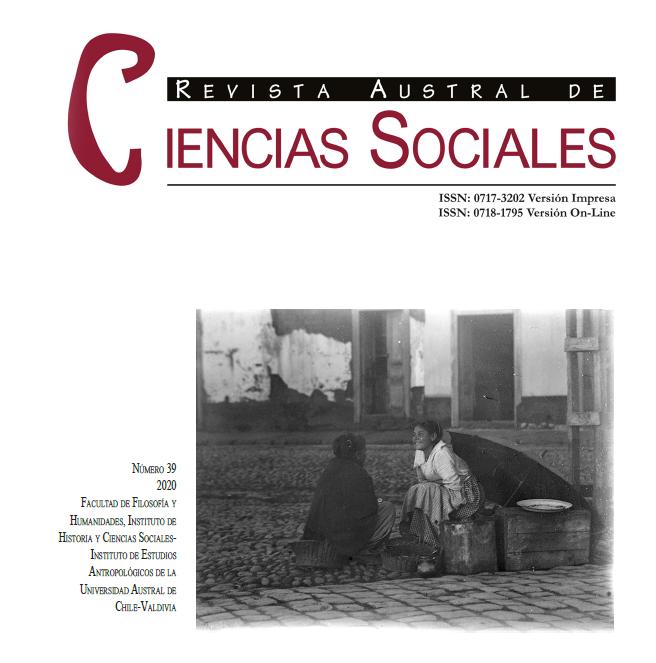White and Painted: The History of a Ceramic Jar with Gold, Founded and Lost in Valdivia in 1749
Main Article Content
Abstract
This article analyses the trial of the discovery of a ceramic jug with gold that occurred in Valdivia in the mid-eighteenth century. Through the integration of historical and archaeological sources linked to this case, we discuss the configuration of the settlement a few years after the dictation of the new Political and Economic Ordinances of 1741, pointing out the relations between the plaza and presidio with surrounding neighborhoods and the hinterland. The set of actors in the process allow identifying forms of sociability associated with the circulation and exchange of goods, people, and information in the jurisdiction of Valdivia as well as in the government of Chile.
The paper points out crucial historical and archaeological aspects of the colonial settlement and its population as well as the agency role of material culture in a colonial enclave located in one of the borders of the Spanish Empire in America. Valuable objects like ceramic, textiles, and gold, participate decisively in a plural and interdependent sociocultural dynamic in identity formation processes.


 http://orcid.org/0000-0002-4486-6338
http://orcid.org/0000-0002-4486-6338